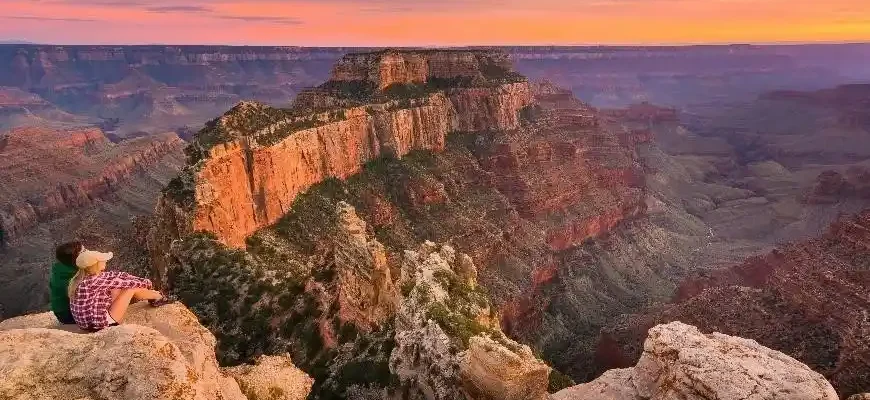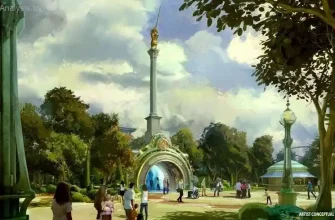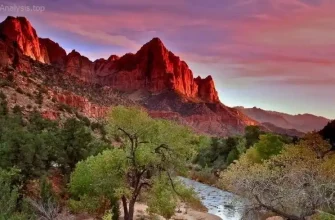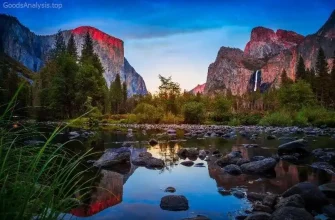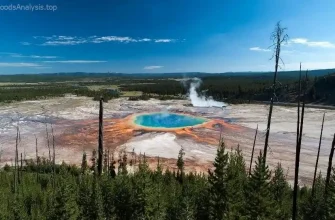The Grand Canyon is one of the most iconic natural wonders of the world and a must-visit destination for anyone interested in exploring the beauty of the American Southwest. Spanning 277 miles long, up to 18 miles wide, and over a mile deep, the Grand Canyon is a geological masterpiece that offers visitors awe-inspiring vistas, rich cultural heritage, and countless recreational opportunities. Whether you’re a first-time visitor or a seasoned explorer, this travel guide will help you make the most of your trip to Grand Canyon National Park.
1. What Makes Grand Canyon National Park Special?
The Grand Canyon is, without a doubt, one of the most breathtaking places on Earth. What makes it truly special is its size, geological significance, and natural beauty. The canyon’s immense scale and its layered rock formations—dating back millions of years—tell the story of Earth’s history, revealing ancient landscapes and ecosystems that are now preserved within the park.
Iconic Features and Main Attractions:
- South Rim: This is the most popular part of the park and offers some of the most famous viewpoints, such as Mather Point, Yavapai Point, and Grandview Point. Visitors can access various trails, like the South Kaibab and Bright Angel Trails, for hikes down into the canyon or enjoy scenic drives along Desert View Drive.
- North Rim: This less-visited side of the canyon offers a more secluded experience and stunning vistas. The North Rim is open seasonally, from mid-May to mid-October, due to snow in the winter.
- Colorado River: The river that carved out the canyon continues to flow at the bottom. White-water rafting is a thrilling way to experience the canyon’s grandeur from a unique perspective.
- Skywalk: Located at Eagle Point on the Hualapai Indian Reservation (west of the park), this glass bridge extends over the edge of the canyon, offering vertigo-inducing views of the depths below.
- Grand Canyon Railway: For a nostalgic journey to the canyon, the Grand Canyon Railway offers a historic train ride from Williams, Arizona, to the South Rim.
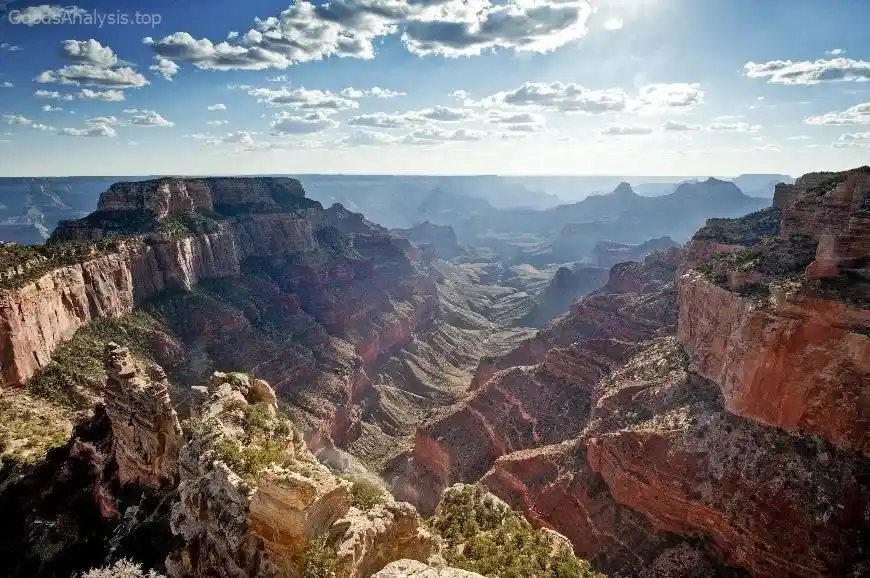
2. Visitor Tips & Practical Information
Planning a visit to the Grand Canyon requires some preparation, especially considering the size and popularity of the park. Here’s what you need to know:
Best Time to Visit:
- Spring and Fall: These seasons (April-May and September-October) offer mild temperatures and fewer crowds. The weather is ideal for hiking and sightseeing.
- Summer: Expect hot temperatures, particularly at the canyon’s bottom (reaching up to 110°F in the desert). While the park sees the highest number of visitors in summer, it’s also a great time for those who want to explore the South Rim, as the facilities and services are fully operational.
- Winter: The North Rim closes during the winter due to snow, but the South Rim remains open year-round. Winter visitors enjoy peaceful landscapes with fewer crowds, though it can be cold and snowy.
Opening Hours and Ticket Prices:
- Park Hours: Grand Canyon National Park is open 24/7, although certain services and facilities have limited hours, especially during the off-season.
- Entrance Fees:
- Private vehicle: $35 (valid for 7 days)
- Individual (by foot, bike, or shuttle): $20 (valid for 7 days)
- Motorcycle: $30 (valid for 7 days)
- Annual Pass: $70 (for unlimited visits to all U.S. national parks)
- Note: Fees are subject to change, and there are discounts for military personnel, seniors, and the disabled.

Accessibility:
- The Grand Canyon is accessible by car, bus, and even by plane via nearby airports such as Flagstaff Pulliam Airport or the Grand Canyon Airport. Visitors with mobility impairments will find accessible shuttle buses, restrooms, and viewpoints along the South Rim.
3. History and Cultural Significance
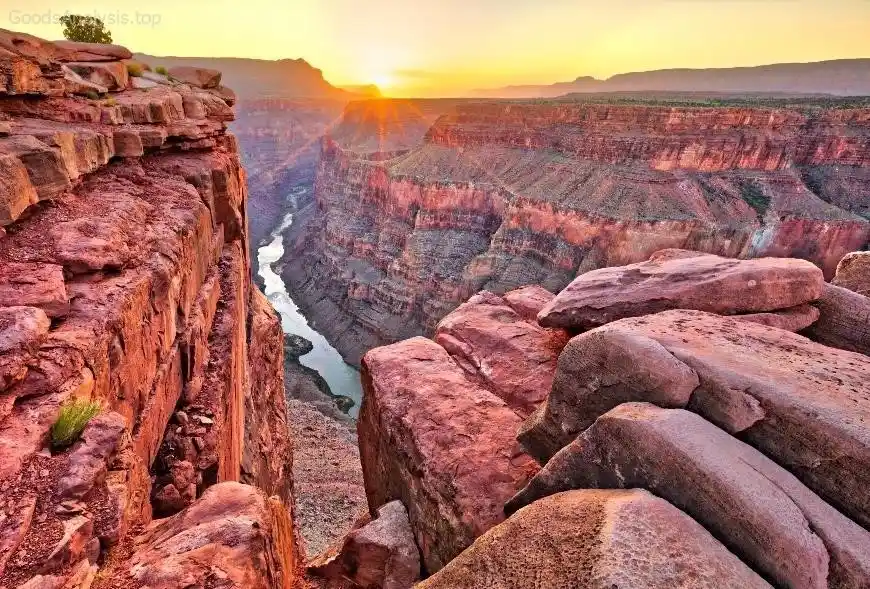
The Grand Canyon is not just a geological wonder; it is a sacred and culturally significant place for Native American tribes. The canyon is home to archaeological sites that date back thousands of years, and several indigenous groups, including the Havasupai, Hopi, Navajo, and Zuni, consider it sacred.
The history of the Grand Canyon as a tourist destination began in the 19th century, though it was already known to explorers and Native Americans long before. In 1919, President Woodrow Wilson established the Grand Canyon as a national park, which helped protect its natural and cultural heritage.
Historically, the Grand Canyon also became a focal point for scientific exploration. Early explorers, including John Wesley Powell, played an important role in mapping and studying the canyon. Powell’s famous 1869 expedition down the Colorado River helped bring the canyon to the attention of the American public.
4. What to Expect When You Visit Grand Canyon National Park
Visitors to the Grand Canyon are often taken aback by the sheer size and beauty of the landscape. The vastness of the canyon stretches beyond the horizon, and the ever-changing colors of the rock formations—from red and orange to purple and gold—shift with the movement of the sun. Whether you’re standing on the edge, hiking down into the canyon, or gazing at the view from a helicopter, there are countless ways to experience the Grand Canyon.
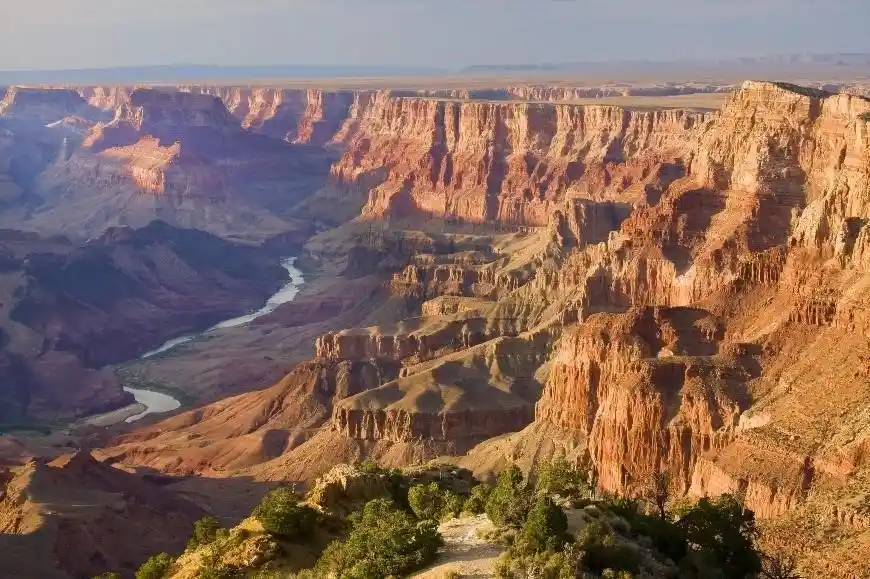
Ambiance and Notable Experiences:
- Views from the Rim: The most iconic experience is simply standing on the edge of the canyon, looking out over the vastness below. The panoramic views are mesmerizing, and you’ll often find yourself gazing in awe at the depth and beauty of the canyon.
- Sunrise and Sunset: These are magical times at the Grand Canyon. The early morning light illuminates the canyon in soft hues, while sunset casts long shadows and turns the rocks into brilliant reds and oranges.
- Hiking: Whether you’re an experienced hiker or a beginner, there are trails suitable for all levels. The Bright Angel Trail, which descends into the canyon, is the most popular, while more challenging routes like the South Kaibab Trail and Rim-to-Rim hikes offer a more strenuous experience.
Unique Moments:
- Don’t miss the chance to take a photo at Mather Point, Yavapai Point, and Desert View—three of the most photogenic spots on the South Rim.
- For a more off-the-beaten-path experience, visit Shoshone Point or Grandview Point for quieter views.
5. Nearby Attractions and Dining Options
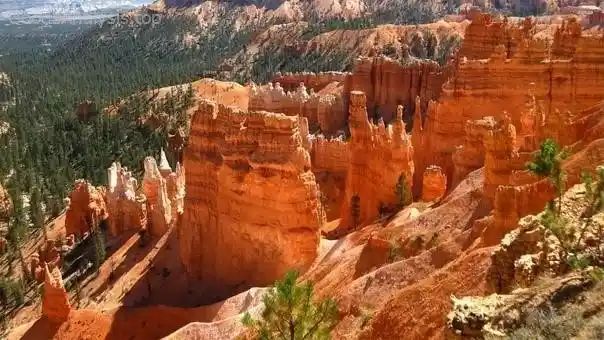
While the Grand Canyon itself is the star attraction, there are several nearby destinations worth exploring:
- Havasupai Falls: Located in the western part of the canyon, this stunning set of waterfalls is famous for its bright turquoise waters. It requires a strenuous hike to reach, and permits are limited, so be sure to plan ahead.
- Sedona: Known for its red rock formations and vibrant arts scene, Sedona is about a 2-hour drive south of the Grand Canyon and is perfect for a day trip or overnight stay.
- Route 66: A short drive from the South Rim, Williams, Arizona, is a charming town along the historic Route 66 and offers quirky roadside attractions and diners.
Dining Options:
- El Tovar Dining Room: Located inside the historic El Tovar Hotel, this is one of the best places for a fine dining experience with a view of the canyon.
- Bright Angel Lodge: Offers a casual setting with views of the canyon, serving breakfast, lunch, and dinner.
- The Grand Canyon Village: Several other restaurants and snack bars are available in and around the village, including the popular Canyon Coffee House.

6. Family-Friendly and Group Travel Tips
Grand Canyon National Park is a great destination for families and group travel. While the park can be overwhelming due to its size, there are plenty of family-friendly activities to ensure everyone has a memorable experience.
Family-Friendly Activities:
- Visitor Centers and Ranger Programs: The Grand Canyon offers junior ranger programs, which are perfect for kids to learn about the canyon’s history, geology, and wildlife. The Visitor Centers also provide interactive exhibits that kids will enjoy.
- Scenic Viewpoints and Short Hikes: There are plenty of easy, flat trails along the rim, such as the Trail of Time, which is accessible to families with strollers or those who prefer less strenuous hikes.
Group Travel:
- Consider using the free shuttle buses around the South Rim for ease of travel and to avoid parking hassles. The shuttle system helps groups get from one viewpoint to the next while enjoying the stunning views.
7. Instagrammable Moments and Photo Opportunities
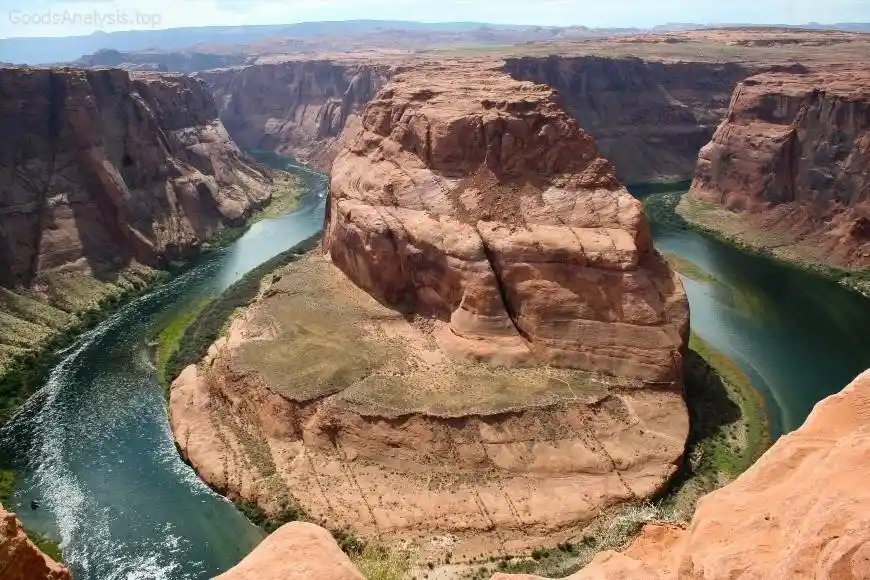
For social media enthusiasts, the Grand Canyon is a dream destination for unforgettable photos:
- South Rim Viewpoints: Mather Point, Yavapai Point, and Desert View offer panoramic views that make for jaw-dropping photos.
- The Skywalk: For the ultimate daring photo, try the glass bridge at Eagle Point for an unforgettable view of the canyon’s depths.
- Sunrise and Sunset Shots: The changing light at these times offers golden-hour opportunities to capture stunning canyon photos.
8. Travel Tips and Transportation
The Grand Canyon is easily accessible by car, bus, or plane:
- By Car: From Phoenix, it’s about a 3.5-hour drive; from Las Vegas, it’s around a 4.5-hour drive.
- Shuttle and Train: The Grand Canyon Railway offers a scenic, historic train ride from Williams, Arizona. Shuttle buses are available within the park.
- Air Travel: The nearest airport is Flagstaff Pulliam Airport (about 1.5 hours away), or you can fly into Las Vegas or Phoenix and drive from there.

